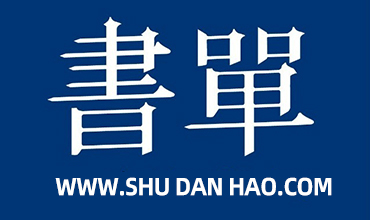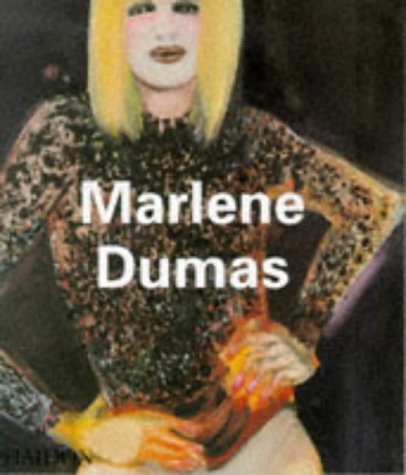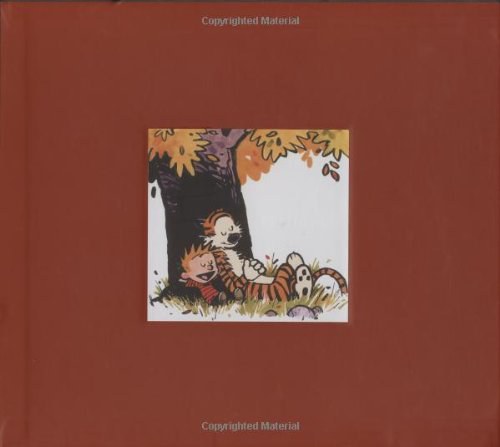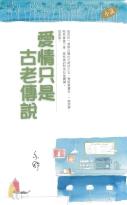
Francesca Bray《Technology, Gender and History in Imperial China》
书刊介绍
内容简介
What can the history of technology contribute to our understanding of late imperial China? Most stories about technology in pre-modern China follow a well-worn plot: in about 1400 after an early ferment of creativity that made it the most technologically sophisticated civilisation in the world, China entered an era of technical lethargy and decline. But how are we to reconcile this tale, which portrays China in the Ming and Qing dynasties as a dying giant that had outgrown its own strength, with the wealth of counterevidence affirming that the country remained rich, vigorous and powerful at least until the end of the eighteenth century? Does this seeming contradiction mean that the stagnation story is simply wrong, or perhaps that technology was irrelevant to how imperial society worked? Or does it imply that historians of technology should ask better questions about what technology was, what it did and what it meant in pre-modern societies like late imperial China?
In this book, Francesca Bray explores subjects such as technology and ethics, technology and gendered subjectivities (both female and male), and technology and statecraft to illuminate how material settings and practices shaped topographies of everyday experience and ideologies of government, techniques of the self and technologies of the subject. Examining technologies ranging from ploughing and weaving to drawing pictures, building a house, prescribing medicine or composing a text, this book offers a rich insight into the interplay between the micro- and macro-politics of everyday life and the workings of governmentality in late imperial China, showing that gender principles were woven into the very fabric of empire, from cosmology and ideologies of rule to the material foundations of the state and the everyday practices of the domestic sphere.
This authoritative text will be welcomed by students and scholars of Chinese history, as well as those working on global history and the histories of gender, technology and agriculture. Furthermore, it will be of great use to those interested in social and cultural anthropology and material culture.
相关推荐
-

史记:普及本:文白双栏对照
史记:普及本:文白双栏对照 本书特色 《史记》是整个中国文化史上少教几部*伟大的著作之一,作者是西汉的司马迁。《史记》原名《太史公书》,东汉末始称《史记》。它是...
-

古罗马的马车竞赛
古罗马的马车竞赛 本书特色 《古罗马的马车竞赛》是荷兰著名历史学家及作家菲克梅杰*新的一部趣味历史著作,也是他被引进国内的第三部作品。可以说,就其牵动的经济链条...
-

百家讲坛-王立群读《史记》之秦始皇(上)
百家讲坛-王立群读《史记》之秦始皇(上) 本书特色 王立群巅峰之作,做人之道、成功之法、从政之术、为官之要,读《史记》悟人生。百家讲坛,坛坛都是好酒。王立群读《...
-

历史的谜题2:体会历史背后的相臣之道
历史的谜题2:体会历史背后的相臣之道 本书特色 相臣的首要岗位职能,就在平衡。汉相陈平曾说:“宰相者,上佐天子理阴阳,顺四时,下育万物之宜,外镇抚四...
-

1689-1799-世界大历史
1689-1799-世界大历史 本书特色本书是“世界大历史”系列丛书的第三本。时间跨度约为17世纪末期至18世纪末期(1689—1799)。 经历了“动荡时期”...
-

将夜-04
将夜-04 本书特色 大唐少年宁缺与自家的靠谱少女桑桑携手同行于这飞剑天地的修行世界,开启一段非同一般的大唐江湖行。经历雨夜春风亭一战,小剑客宁缺与书生帮主朝小...
-

说倭传-光绪二十三年岁次丁酉孟秋初版
说倭传-光绪二十三年岁次丁酉孟秋初版 本书特色 洪兴全撰写的《说倭传》是一部记述甲午战争全过程的小说,其背景自然是那段用血泪写成、用屈辱风干的历史。神秘...
-

摇摆的青春:“5·12”爱情故事
《摇摆的青春:“5·12”爱情故事》内容简介:小说以汶川大地震为背景,展示了以马忠政、黑皮、张力、杜鹃等为代表的、四位刚刚而立
-

中国古代言论史
中国古代言论史 本书特色 无论什么人,如果认为远古驰名人物所做的事比他今天所做的事有更深的意义,我不相信他能正确地了解历史。 ——爱默生中国古代言论史 内容简...
-

奇才辛弃疾-理想和现实
奇才辛弃疾-理想和现实 本书特色 辛弃疾一生以恢复为志,以功业自许,可是命运 多舛,备受排挤,壮志难酬。但他恢复中原的爱国信 念始终没有动摇,而把满腔激情和对国...
-

崛起的非洲
崛起的非洲 内容简介 本书从第二次世界大战为分界点,对非洲的历史进行分期论述。前期着重介绍了西方列强侵入前非洲社会状况,殖民地时期的非洲历史以及非洲人民反瓜分的...
-

史学 概论
史学 概论 内容简介 本书是普通高等学校历史学学科本科学生必修的一门专业基础课教材。以马克思主义唯物史观为指导,结合具体的历史事实,阐述有关历史学学科学...
-

姚思廉《陈书(全二册)》
《陈书》共三十六卷,较为全面地记载了从陈霸先建国到陈叔宝时被隋所更时期的历史,是现存的关于陈朝历史的比较原始的记载,具有
-

征服者:葡萄牙帝国的崛起
征服者:葡萄牙帝国的崛起 本书特色 16世纪起,葡萄牙在大航海时代中扮演活跃的角色,全盛时期甚至和西班牙意图瓜分世界。它的殖民活动长达近600年,范围包括世界5...
-

宋元明清-中国上下五千年-刘兴诗爷爷讲述
宋元明清-中国上下五千年-刘兴诗爷爷讲述 本书特色 《中国上下五千年》是著名作家刘兴诗潜心为中国青少年创作的一部历史读物。它保持史学家的严谨,用孩子的语言,深入...
-

消防安全技术综合能力典型考题精解及深度预测试题
《消防安全技术综合能力典型考题精解及深度预测试题》内容简介:本书是专门针对注册消防工程师资格考试的辅导习题集。内容紧扣考试
-

说史记-新史记
说史记-新史记 本书特色 《说史记》则尽力使用小小说或小说片断的方式,采取不同的视角,从迥异于客观叙事的角度,来重新讲述近代故事,并在叙述过程中更多地引入生活的...
-

设计心理学3:情感化设计
《设计心理学3:情感化设计》内容简介:为了解释情感因素在设计领域扮演的角色,本书详细探讨情感元素的三个不同层面:包含本能的(
-

雷海宗杂论集
雷海宗杂论集 本书特色 “其声如雷,其学似海,史学之宗” 中西融汇、古今贯通的史学大师 中国历史研究绕不开的先行者 全新整理的文集带我们重回被忽视的“雷海宗时代...
-

九一八
九一八 本书特色 致喜爱本书的读者阅读《细节见证历史·抗日战争》丛书的四个关键词:历史的细节——没有细节的历史就如同听不到心跳的标本。所以我们追求历史的细节,并...





